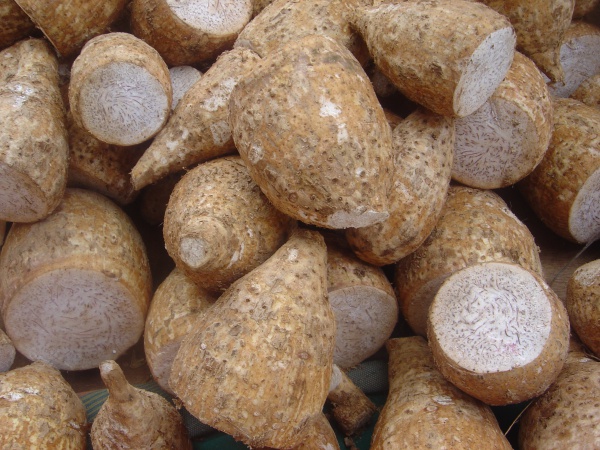Facts About Taro
Taro, scientifically known as *Colocasia esculenta*, is a tropical plant prized for its edible corms. Often regarded as one of the earliest cultivated plants, taro plays a significant role in many cultures around the globe. Not only are the corms valued; the leaves and petioles are also used in various dishes. Belonging to the Araceae family, taro is incredibly versatile in the kitchen.
The word "taro" originates from the Maori language of New Zealand, a term that Captain Cook encountered in 1769. However, taro is known by many names worldwide: it's "gabi" in the Philippines, "arvi" in India, "magimbi" in Swahili-speaking regions, and "dasheen" in Trinidad and Tobago and Jamaica. This plant has a long history of cultivation and has become a staple in diverse cuisines.
Taro is a perennial tropical plant, closely related to other ornamental plants like *Xanthosoma* and *Caladium*. Originally native to Southern India and Southeast Asia, taro has since spread and become naturalized in many parts of the world. Its starchy corms are a key ingredient in numerous dishes.
Culturally and culinarily, taro holds significant importance. It can be prepared in countless ways: boiled, roasted, baked, or fried. The corms and leaves find their way into soups, stews, curries, and even desserts. Beyond the kitchen, taro is sometimes used as an ornamental aquatic plant, admired for its unique superhydrophobic properties.

 Israel
Israel